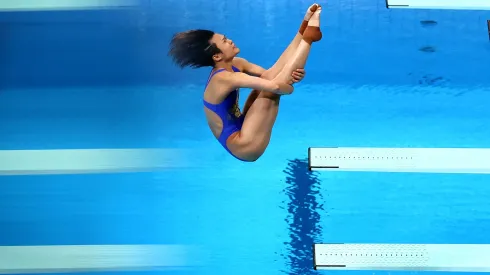As the days roll on at the Paris 2024 Olympics, intriguing questions and curiosities are emerging about some of the less mainstream sports on the global stage. You might catch these sports on TV and have a general idea of what they’re about, but often, there are specific details that remain unknown to most. We’re here to uncover those fascinating facts.
Swimming and water sports hold a crucial role in the Olympic Games, with a variety of events often taking place in the pools.
Among them is the high dive, an incredibly aesthetic and complex discipline that demands elite athleticism. Athletes must perform stunning aerial maneuvers before making a graceful entry into the water.
This sport features four events, each contested from two different heights: men’s and women’s individual dives, and men’s and women’s synchronized dives.
How high is the high dive platform
At the Olympic Games, the sport is contested in eight events: the 3-metre springboard and the 10-metre platform. The 3-metre springboard enables divers to leap high into the air, while the high dive is performed from a fixed platform position 10 meters above the water. The individual and synchronized competitions take place at both heights.
How scores are determined in high diving
In the Olympic Games, the diving competition features a total of six rounds for the men’s events and five rounds for the women’s events. Each individual dive is evaluated by a panel of seven judges, who score the performance on a scale from 0 to 10.
To ensure a fair assessment, the highest two scores and the lowest two scores are discarded, leaving the three middle scores. The sum of these three scores is then multiplied by the dive’s degree of difficulty, which adds an extra layer of complexity to the scoring process. This system not only highlights the athletes’ skill but also emphasizes the technical challenges they undertake in their routines.
What are the judges’ criteria for diving competitions?
The judging panel evaluates each dive based on several criteria including the aesthetic of the diver’s movements, the complexity of the dive, and the entry into the water. Synchronized divers also receive a score based on how well they coordinate their movements.
